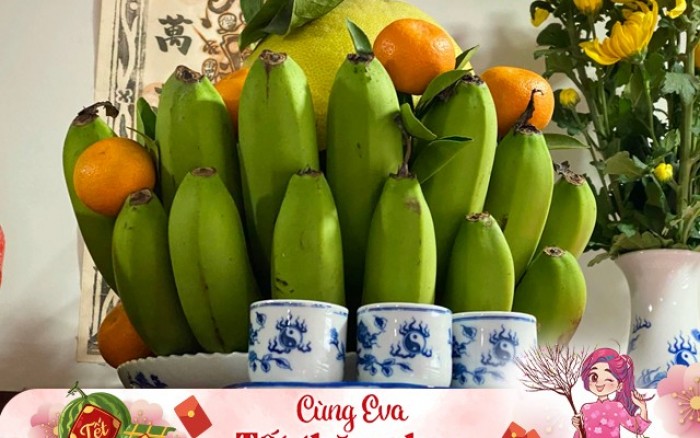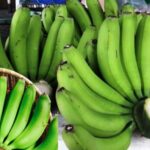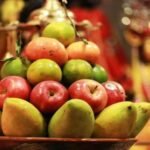Why Do Green Bananas Ripen So Quickly After Being Burned with Incense?
Have you ever noticed that green bananas, when exposed to incense smoke, tend to ripen much faster than usual, even without being placed in a closed container? This intriguing phenomenon prompts the question: Is there a scientific explanation, or is it influenced by spiritual factors?
The Science Behind Incense-Ripened Bananas:
Several studies offer insight into this mystery. Incense smoke, it turns out, contains a myriad of chemical compounds, including small amounts of ethylene or ethylene-producing substances. When this smoke comes into contact with bananas, it stimulates the fruit to produce more ethylene, accelerating the ripening process.
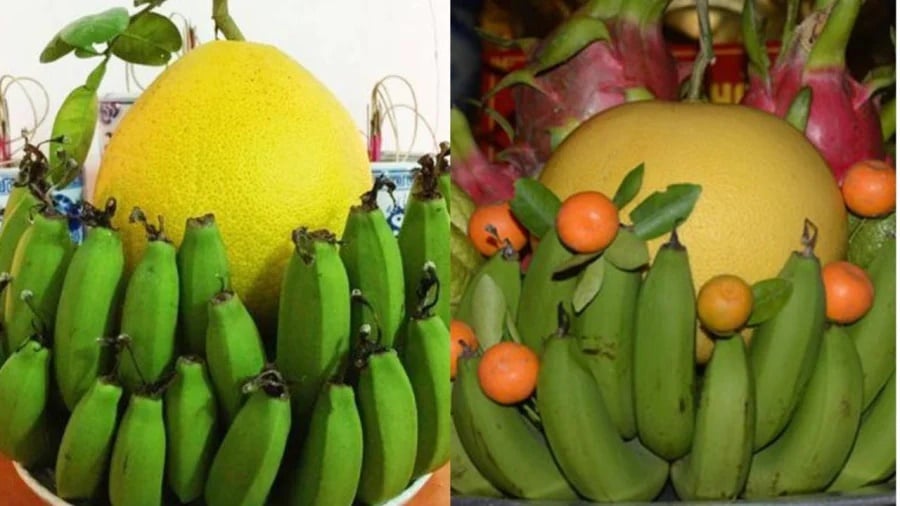
Incense Smoke: A Key Factor in Bananas’ Rapid Ripening.
The unique environment of a shrine room or a poorly ventilated space further contributes to the effect. The confined area allows ethylene to accumulate, increasing its concentration around the bananas. This heightened ethylene presence expedites ripening compared to a well-ventilated environment.
Temperature and humidity also play pivotal roles in the bananas’ rapid ripening act. The warmth generated by burning incense and candles raises the ambient temperature, increasing enzymatic activity within the fruit. This, in turn, accelerates the conversion of starch to sugar, hastening the ripening process.
The humid atmosphere, created by evaporating water from incense pots, water bowls, and other fruits on the offering tray, combines with the elevated temperature to create the perfect conditions for banana ripening.
Tips for Ripening Bananas with Incense:
If you wish to hasten the ripening of bananas, a helpful hint is to place them in an enclosed space with burning incense sticks. However, exercise caution; excessive heat from prolonged incense burning can scorch the banana peel or compromise the fruit’s quality.
Alternatively, you can achieve similar results by placing bananas in a paper bag with other ethylene-producing fruits like apples and pears. This method stimulates banana ripening without the use of incense smoke.
Green or Ripe: Which Bananas Are Best for Incense Offering?
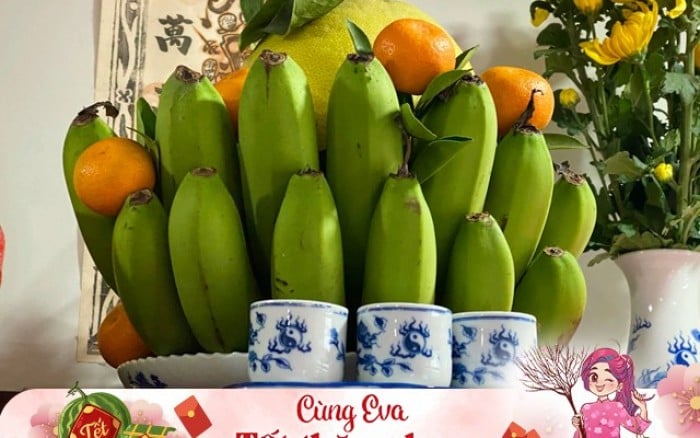
Choose Firm, Green Bananas with Uniform Size and Smooth Skin for Incense Offerings.
Avoid bananas with scars, bruises, or missing fruits, as these imperfections detract from the aesthetic and solemn nature of the ritual. Similarly, steer clear of crooked or unbalanced bunches, as they may carry negative connotations in feng shui. Prior to placing them on the altar, remember to wash and thoroughly dry the bananas to prevent moisture buildup at the stems, which can lead to spoilage.

























